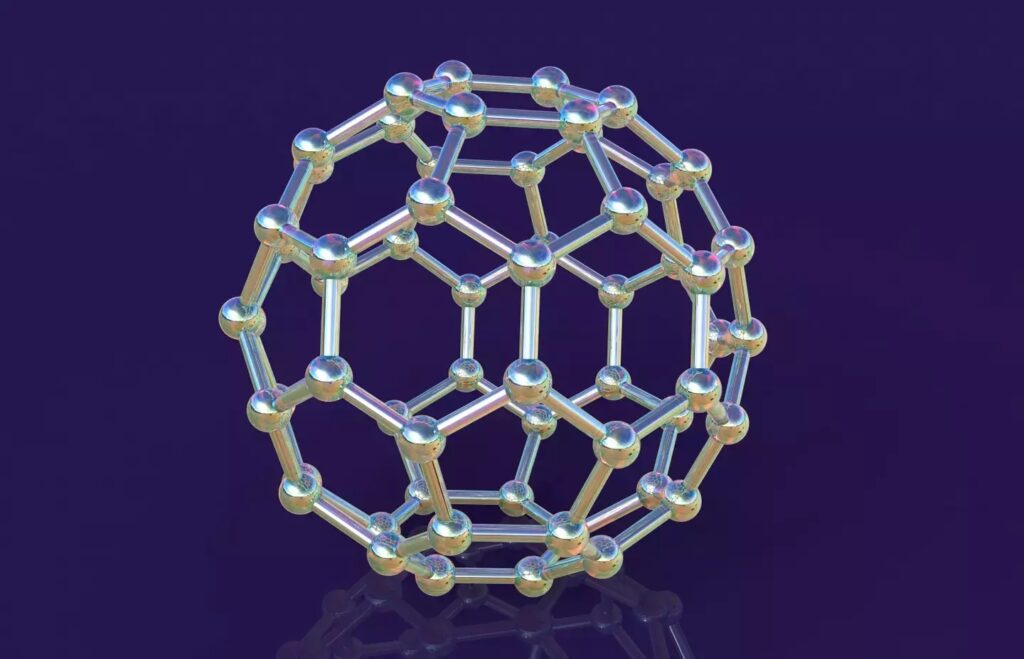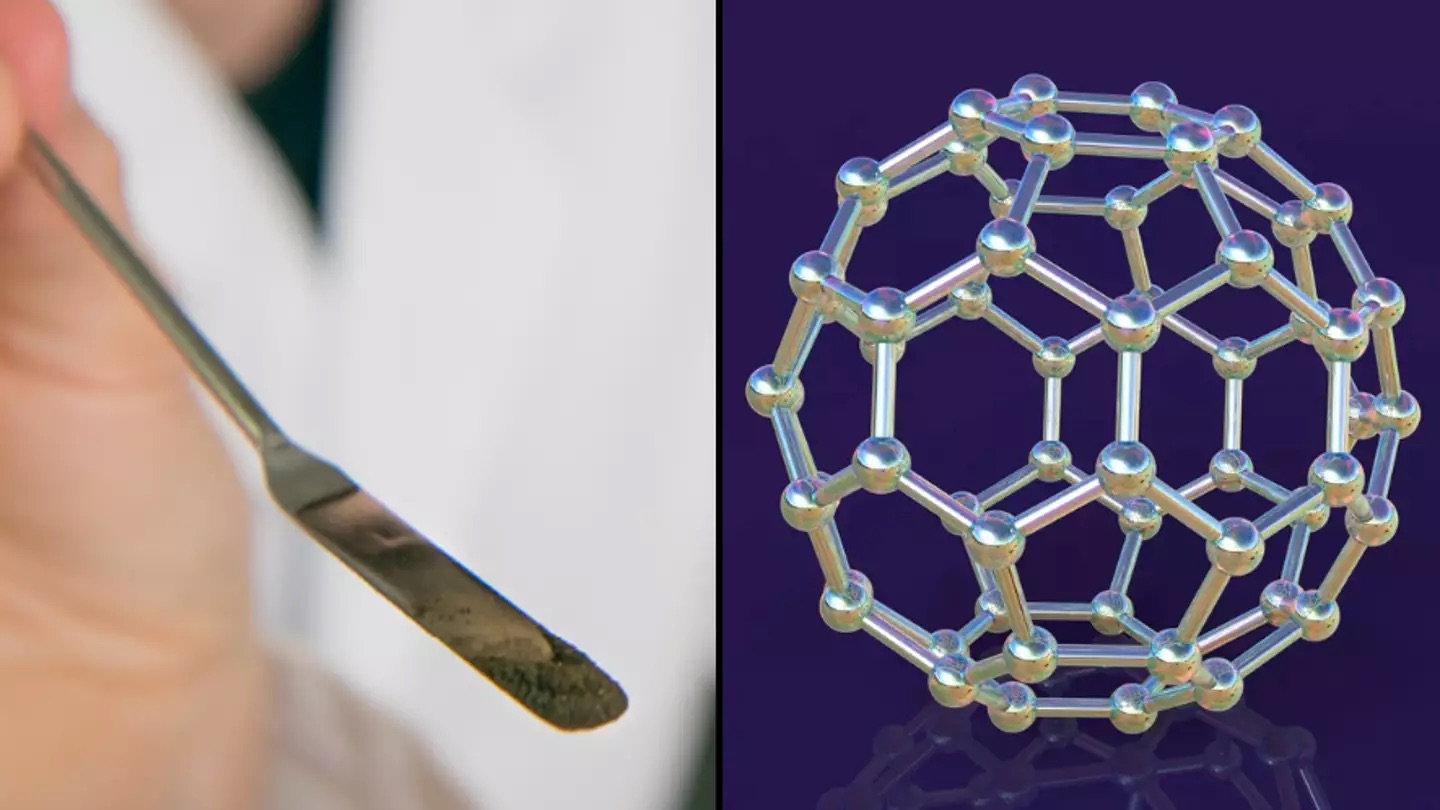When asked to identify one of the most valuable substances in the world, you might immediately think of gold, diamonds, or saffron. However, you’d be mistaken. There’s a little-known material that the University of Oxford has identified as the most expensive on Earth: Nitrogen Atom-Based Endohedral Fullerene. Its price far exceeds what most people could earn in a lifetime.
In fact, it would take the average UK worker over 60 lifetimes of earnings to afford just one gram of this material, and even then, they’d still be £822,464 short of its staggering £106 million price. This assumes living with no rent, food costs, or other expenses.

But what makes this substance so costly, and what is it exactly? The high price is due to its groundbreaking potential in technology. This powder could revolutionize atomic clocks, which are currently room-sized and essential for navigation systems like GPS. By shrinking these clocks, Nitrogen Atom-Based Endohedral Fullerene could bring ultra-precise location tracking to smartphones.
The term “fullerenes” refers to its structure—a carbon atom ‘cage’ that encloses a nitrogen atom. This design is a tribute to Richard Buckminster Fuller, the architect behind the geodesic dome, known for its interlocking triangular design.

This advancement could also enhance space exploration. Atomic clocks help measure distances from Earth to spacecraft. As NASA explains, “Navigators send a signal to the spacecraft, which returns it to Earth. The time taken for this round trip indicates the distance, as the signal travels at the speed of light.”
Though this concept may sound complex, it’s used in everyday life. For instance, if you know a store is a 30-minute walk and you typically walk a mile in 20 minutes, you can estimate the store’s distance.
Most of us will never encounter a gram of Nitrogen Atom-Based Endohedral Fullerene, so there’s no need to figure out how to pay for it just yet.
